 |
||
| 23 April 2024 | ||
|
- Unlocking the Significance of Glycemic Index in Diets
- Padma Awards 2024: Honoring Excellence
- Competition Commission of India (CCI): Call for Proposals
- Unveiling the Rampage Missile
- Exercise Poorvi Lehar (XPOL): Strengthening Maritime Preparedness
- Star Campaigners
- National Organ and Tissue Transplant Organisation
- Declining Household Savings Spark Debate in India
Unlocking the Significance of Glycemic Index in Diets
Context:
- This text explores the significance of Glycemic Index (GI) in dietary habits, emphasizing its importance beyond diabetes management.
- It delves into the concept of GI, its classification, and the associated Glycemic Load (GL).
- Additionally, it discusses research insights from the PURE study regarding high GI diets and their implications for health, particularly in regions like South Asia.
- The relevance of reducing GI for better health outcomes, especially in combating prevalent chronic diseases like diabetes and cardiovascular ailments, is highlighted.
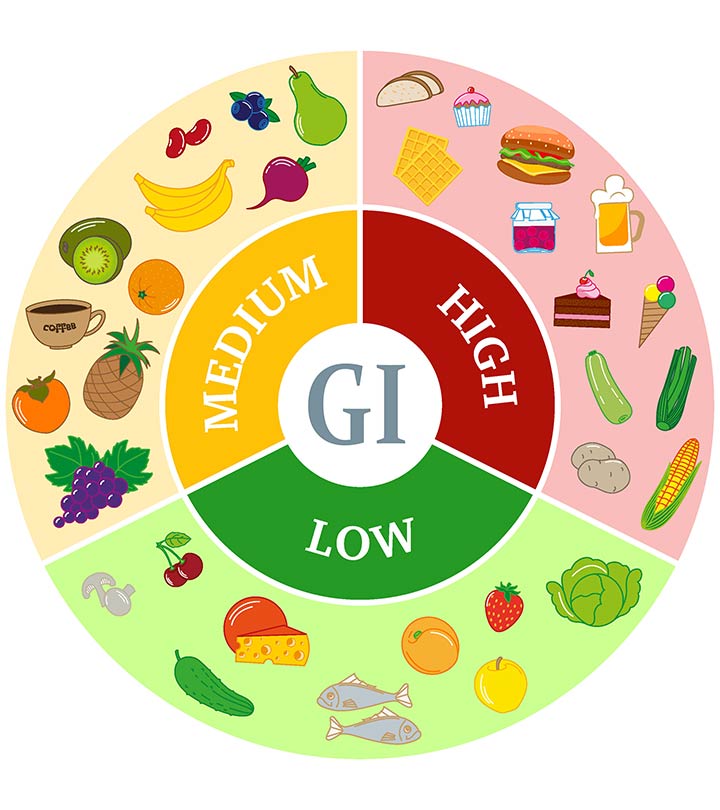
Understanding Glycemic Index (GI)
Introduced by Prof. David Jenkins at the University of Toronto in 1981, Glycemic Index (GI) measures the rate at which a food elevates blood glucose levels compared to a standard food, typically glucose or white bread.
Deciphering GI Classification and Glycemic Load (GL)
Glycemic Load (GL) is derived by multiplying GI with the quantity of carbohydrates consumed. Foods are categorized into Low GI, Medium GI, and High GI based on their GI values.
Insights from Research: The PURE Study
The Prospective Urban Rural Epidemiology (PURE) study, spanning 20 countries including India, illuminates the association between high GI diets and cardiovascular incidents and mortality.
Debating the Impact: High GI Diets and Health Risks
Evidence supports the correlation between high GI diets and heightened risks of type 2 diabetes, cardiovascular ailments, and mortality.
Relevance to South Asia: Reducing GI for Better Health
Efforts to lower GI and GL are crucial in regions like South Asia, where diets are rich in high GI foods like white rice. These initiatives not only aid in diabetes prevention but also help mitigate the incidence of premature cardiovascular diseases prevalent in the region.
Padma Awards 2024: Honoring Excellence
Introduction;
Presented by the President of India, Smt. Droupadi Murmu, the Padma Awards for 2024 included 3 Padma Vibhushan, 8 Padma Bhushan, and 55 Padma Shri Awards.
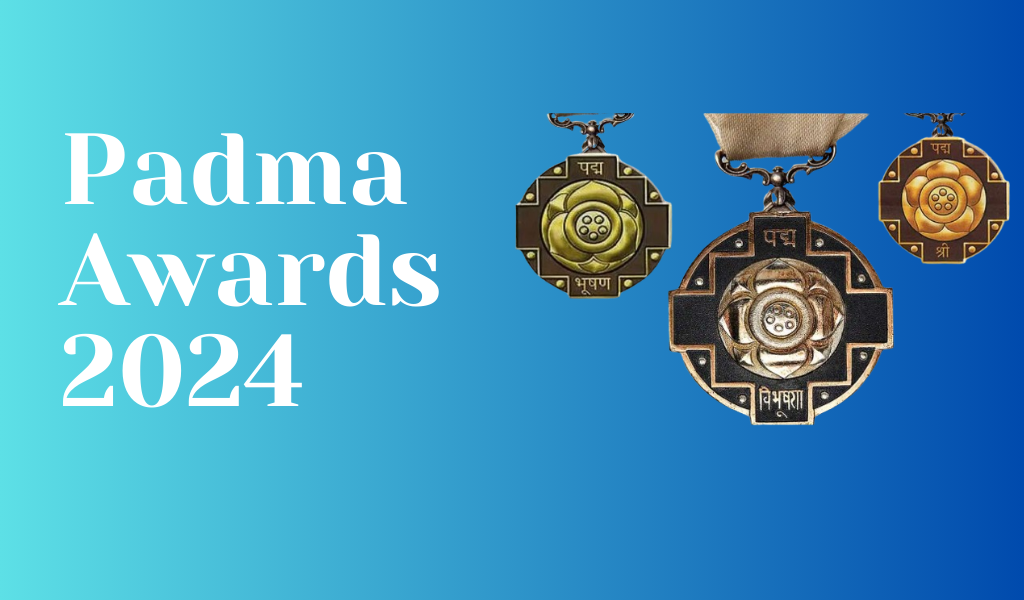
Understanding Padma Awards
The Padma Awards are esteemed civilian honors in India, announced annually on Republic Day alongside the Bharat Ratna. They recognize outstanding achievements across various fields, with a focus on public service.
Categories of Padma Awards
- Padma Vibhushan: Recognizing exceptional and distinguished service.
- Padma Bhushan: Commending distinguished service of a high order.
- Padma Shri: Acknowledging distinguished service.
Eligibility Criteria
- Padma Awards are open to all individuals regardless of race, occupation, position, or gender.
- Posthumous awards are generally avoided, with exceptions made in exceptional cases.
- Awardees can be considered for a higher Padma category after five years, with few exceptions. Government employees, except doctors and scientists, are ineligible.
Nomination Process
- Nominations are reviewed by the Padma Awards Committee, formed annually by the Prime Minister.
- This committee, headed by the Cabinet Secretary, includes key officials and distinguished members. Recommendations are then forwarded to the Prime Minister and President for final approval.
Limitations
Padma Awards do not grant titles and cannot be used as prefixes or suffixes to awardees’ names. The number of awards given annually is capped at 120, excluding posthumous and those to NRIs/foreigners/OCIs.
Competition Commission of India (CCI): Call for Proposals
Context;
Established under the Competition Act, 2002 by the Vajpayee government, the Competition Commission of India (CCI) is inviting proposals for conducting a Market Study on Artificial Intelligence (AI) and its impact on competition.

About CCI;
- CCI is a statutory body with the aim to promote competition, protect consumer interests, and ensure trade freedom.
- It operates as a quasi-judicial entity, providing opinions to statutory bodies and adjudicating cases.
Evolution of CCI;
- CCI was established in response to the need for fostering competition and private enterprise after India’s economic liberalization in 1991.
- It replaced the Monopolies and Restrictive Trade Practices Act, 1969 (MRTP Act) based on recommendations from the Raghavan Committee.
Key Features of the Competition Act;
The Competition Act, enacted in 2002 and subsequently amended, prohibits anti-competitive agreements, abuse of dominant position, and regulates combinations causing adverse effects on competition. It established CCI and the Competition Appellate Tribunal.
Composition of CCI;
CCI comprises a Chairperson and 6 Members appointed by the Central Government, mandated to possess expertise in diverse domains such as law, economics, finance, management, or qualify as a High Court judge.
Key Functions of CCI;
- Regulating Mergers and Acquisitions: CCI oversees mergers and acquisitions to prevent market competition harm and promote fair competition.
- Investigating Anti-Competitive Practices: CCI probes cartels, collusive behavior, and abuse of dominant market positions, taking action against entities engaging in anti-competitive practices.
- Market Studies and Research: CCI conducts studies to evaluate market dynamics and competition levels, identifying trends and issues impacting competition across sectors.
- Handling Complaints: CCI addresses complaints concerning anti-competitive behavior, initiating investigations based on credible complaints received.
- Adjudication and Penalty Imposition: CCI adjudicates cases related to competition law violations, imposing penalties on entities found guilty of breaching competition regulations.
Unveiling the Rampage Missile
Overview;
Israel’s recent utilization of the Rampage missile, an efficient air-to-surface munition, in an assault on an Iranian military base has drawn attention to its advanced capabilities.

About the Rampage Missile;
- Developed collaboratively by Israel Aerospace Industries and Israeli Military Industries Systems, the Rampage is a long-range, supersonic, seekerless precision strike missile.
- It is specifically designed for missions targeting high-value and well-protected installations, such as communication hubs, command centers, air bases, maintenance facilities, and critical infrastructure.
Key Features of the Rampage Missile;
- Dimensions and Weight: The Rampage measures 4.7 meters (15.4 feet) in length and weighs 570 kilograms.
- Speed and Range: With supersonic capabilities, it boasts a range of over 190 miles.
- Payload Capacity: It can carry up to 150 kilograms of explosives, facilitating effective strikes against fortified targets.
- Guidance System: Utilizing GPS/INS guidance navigation and anti-jamming capabilities, it can be deployed from aircraft or as a standalone system.
- Precision Targeting: The missile can dynamically adjust its trajectory mid-flight, ensuring precise hits on designated targets.
- All-Weather Operation: Engineered for versatility, the Rampage can operate seamlessly in various weather conditions, offering flexibility in mission planning and execution.
Implications of the Rampage Missile;
The Rampage’s advanced features position it as a formidable asset in contemporary aerial warfare, enhancing Israel’s capabilities in conducting precision strikes against hardened targets with unprecedented accuracy and efficiency.
Exercise Poorvi Lehar (XPOL): Strengthening Maritime Preparedness
Introduction;
Recently, the Indian Navy conducted Exercise Poorvi Lehar along the East Coast, demonstrating its commitment to enhancing maritime security capabilities.
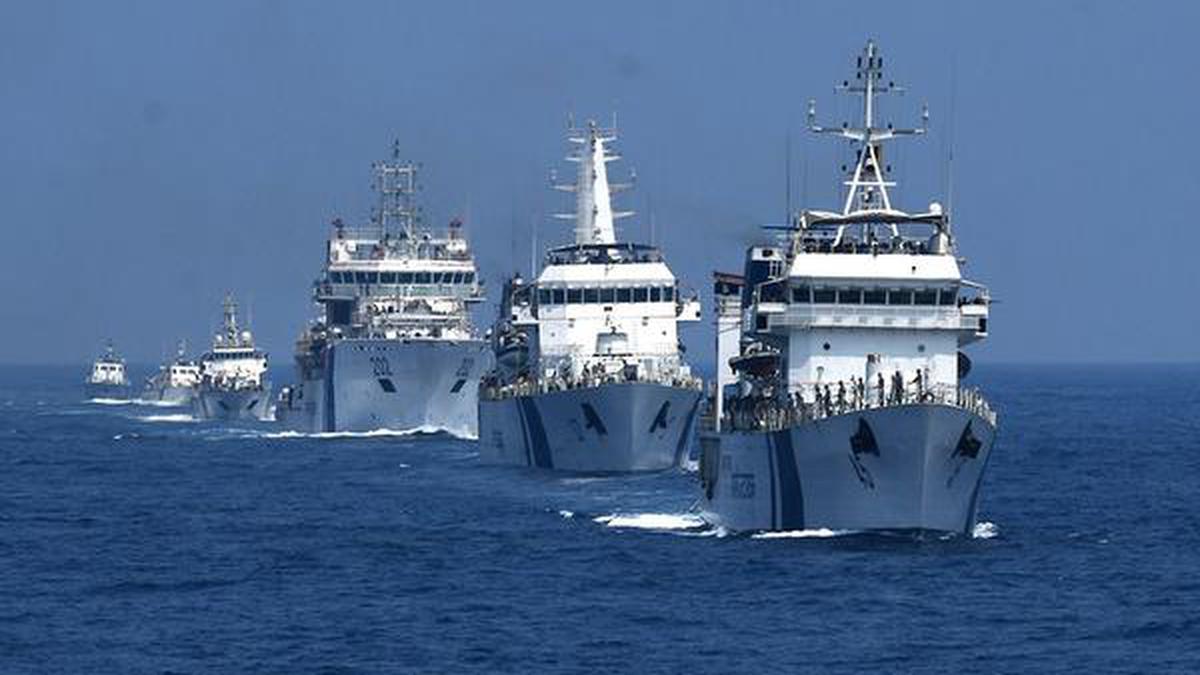
Exercise Poorvi Lehar (XPOL);
Under the operational guidance of the Flag Officer Commanding-in-Chief, Eastern Naval Command, Exercise Poorvi Lehar is a maritime drill aimed at validating procedures to assess the Indian Navy’s readiness in addressing regional maritime security challenges effectively.
Participation and Phases;
- The exercise involved active participation from various naval assets, including ships, submarines, aircraft, and special forces.
- It comprised multiple phases, including combat training in realistic scenarios during the Tactical Phase and successful execution of firing exercises during the Weapon Phase, reaffirming the Indian Navy’s capability in delivering precise ordnance on target.
Achievements and Interoperability;
- Exercise Poorvi Lehar ensured near-continuous Maritime Domain Awareness through the deployment of aircraft from diverse locations.
- Notably, besides assets from the Eastern Naval Command, participation from the Indian Air Force, Andaman & Nicobar Command, and Coast Guard showcased a high level of interoperability among the services.
Outcome and Readiness Enhancement;
The exercise provided invaluable lessons, allowing participating forces to operate under realistic conditions and enhancing their readiness to effectively respond to maritime challenges in the region.
Star Campaigners
Context:
The Aam Aadmi Party (AAP) enlisted Sunita Kejriwal, spouse of Delhi Chief Minister Arvind Kejriwal, as a ‘star campaigner’ for its Gujarat campaign.
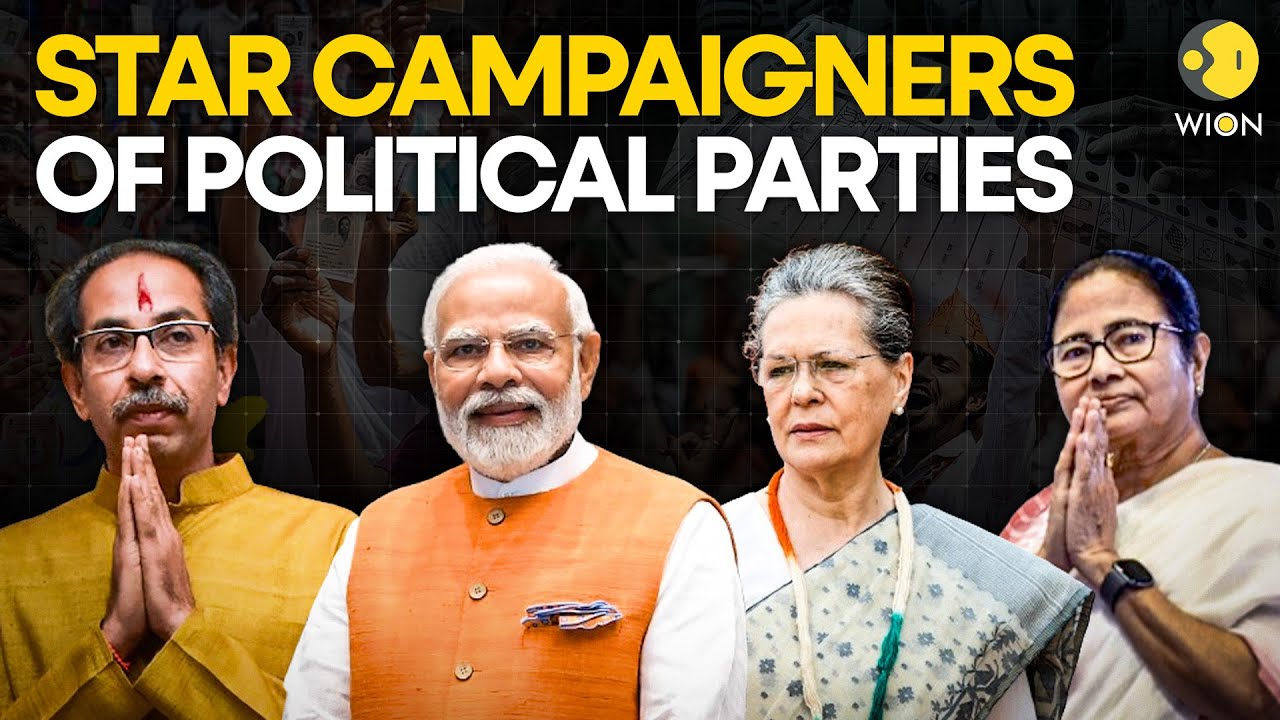
Star Campaigner Guidelines:
- Star campaigners are individuals designated by political parties to campaign in specific constituencies.
- Typically, they are prominent and influential figures within the party.
- Recognized parties can appoint up to 40 star campaigners, while unrecognized parties can appoint up to 20.
- The roster of star campaigners must be submitted to the Election Commission within a week of the election notification.
Recent Developments:
- The Election Commission nullified the star campaigner status of Congress leader Kamal Nath due to violations of the model code of conduct.
- However, the Supreme Court decreed that the EC lacks authority to revoke the star campaigner status of any candidate.
Section 77 of the RP Act:
- Governed by the Representation of the People Act, 1951 (RP Act), Section 77 oversees expenditure by ‘leaders of a political party,’ commonly referred to as ‘star campaigners.’
- Star campaigners typically comprise high-ranking party leaders but may also include celebrities, provided they are party members.
- Recognized national or state political parties can nominate up to 40 star campaigners, while registered unrecognized parties can nominate up to 20.
- The names of star campaigners must be furnished to the Election Commission (EC) and Chief Electoral Officer (CEO) within seven days of the election notification.
- For multi-phase elections, parties can submit separate lists of star campaigners for each phase, although major parties usually present a single list applicable for all phases.
Expenditure Rules:
- Expenses incurred on rallies and travel by star campaigners are covered by the candidate.
- If a candidate shares the stage with a star campaigner or their name is mentioned during an event, the candidate is responsible for the expenses.
- Expenses are equitably divided among candidates if multiple candidates share the stage or are featured in posters.
National Organ and Tissue Transplant Organisation
Context:
All organ transplants, whether from living or deceased donors, will now be identified by a unique NOTTO-ID assigned to both donor and recipient.
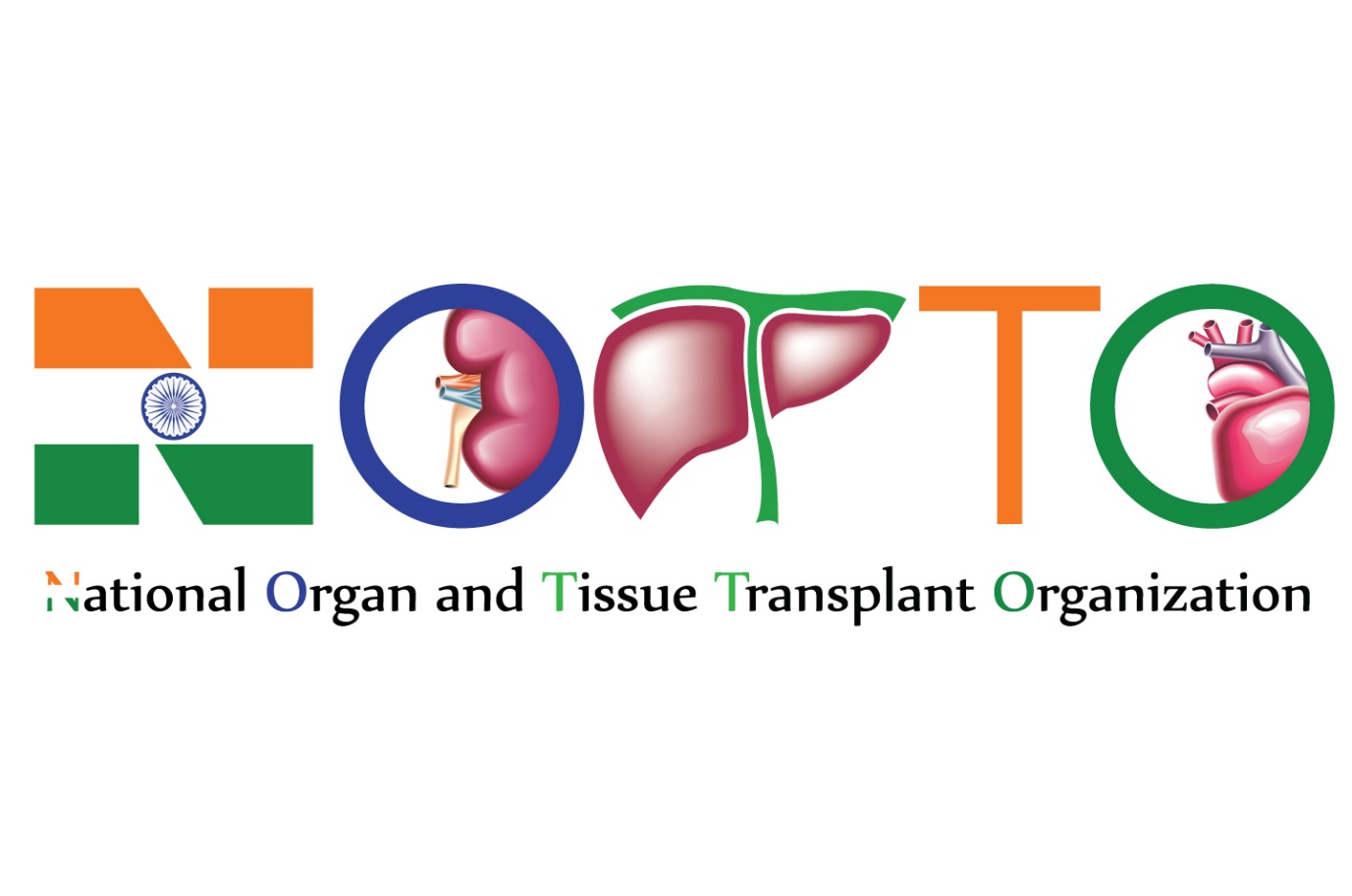
New Directive on Organ Transplantation:
- Every organ transplant, whether from living or deceased donors, will be allotted a distinct NOTTO-ID.
- Hospitals are mandated to generate this ID through the NOTTO.
- The directive aims to combat commercial organ trafficking, particularly involving foreign nationals.
- In response to reports of malpractice and a surge in organ transplants involving foreigners in India, the Union Health Ministry has issued this directive to all States and Union Territories.
- Enhanced vigilance and monitoring of such transplants by local authorities are emphasized.
Key Guidelines:
- The Appropriate Authority of each State, as mandated by the Transplantation of Human Organs and Tissues Act (THOTA), 1994, is required to investigate transplants involving foreign nationals.
- NOTTO-ID is compulsory for organ allocation in deceased donor transplants and must be generated within 48 hours for living donor transplants.
- Registered hospitals for transplant/retrieval are subject to regular inspections by the appropriate State authority.
- Violations of THOTA, 1994, and its regulations may lead to the suspension of registration for performing organ transplants at the concerned hospitals.
Data Sharing and Compliance:
- States are urged to share transplant data, including cases involving foreign nationals, with NOTTO on a monthly basis.
- Foreign nationals must obtain prior approval from the authorization committee for organ removal or transplantation under THOTA.
- Senior embassy officials verify the relationship between donor and recipient, ensuring donation authenticity without financial transactions or coercion.
Verification Procedures:
- Embassy officials authenticate donor and recipient documents.
- Evaluation by the authorization committee and senior embassy officials ensures voluntary donation, devoid of financial gain, coercion, or pressure.
Declining Household Savings Spark Debate in India
Context:
In the current discourse within India, there’s a notable concern over the recent downturn in household savings, predominantly attributed to a significant decrease in net financial saving
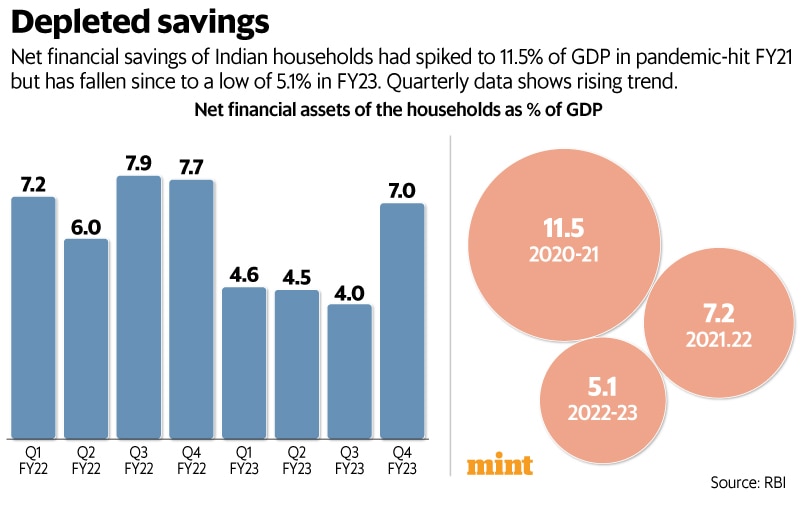
Gross Financial Savings:
– Definition: Reflects the changes in a household’s financial assets over a period, including bank deposits, currency, and investments in mutual funds, pension funds, etc.
Household Borrowing:
- Definition: Encompasses credit from non-bank financial corporations, housing corporations, and mainly from commercial banks.
Factors Reducing Household Net Financial Savings:
1. Increased Consumption Expenditure:
- Explanation: Additional consumption funded by heightened borrowing or depletion of gross financial savings.
- Observation: Despite stable consumption to GDP ratio, there’s no significant reduction in gross financial savings.
2. Higher Physical Investment:
- Explanation: Financing tangible investments through increased borrowing or depletion of gross financial savings.
- Observation: Decline in gross financial savings to GDP ratio, while household physical investment to GDP ratio surges.
3. Increased Interest Payments:
- Explanation: Rising interest rates leading to elevated interest payments by households.
- Observation: Increased household interest payments play a significant role despite some offset by interest income from financial assets.
Concerns for Macroeconomy:
1. Debt Repayment and Financial Fragility:
- Explanation: Household repayment capacity reliant on income flow.
- Criterion for assessing debt sustainability crucially depends on the disparity between the interest rate and income growth rate.
2. Effect on Consumption Demand:
- Explanation: Household consumption affected by disposable income, wealth, debt, and interest rate dynamics.
- Observation: Reduced household wealth may lead to decreased consumption as households strive to maintain wealth through increased savings.
Macroeconomic Implications of Fall in Household Savings
1.Increasing Household Susceptibility:
- Observation: Uptick in both stock and flow indicators of debt to net worth and liabilities to disposable income.
2.Impact of Higher Interest Rates:
- Observation: Elevated interest rates may escalate household debt levels, potentially leading to a debt cycle trap.
3.Effects on Consumption and Aggregate Demand:
- Observation: Elevated interest rates may dampen household consumption, thereby adversely affecting aggregate demand.
Changes in Household Balance Sheet Trends:
1. Financialisation of the Economy:
– Explanation: Transition of household balance sheets towards monetary or financial exchange-based assets, posing challenges to economic aspirations.

